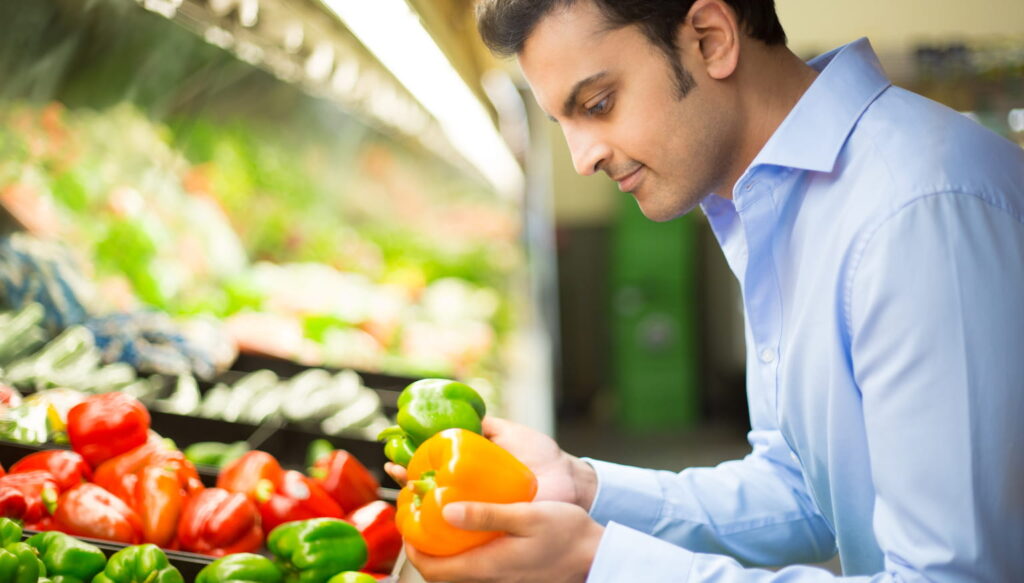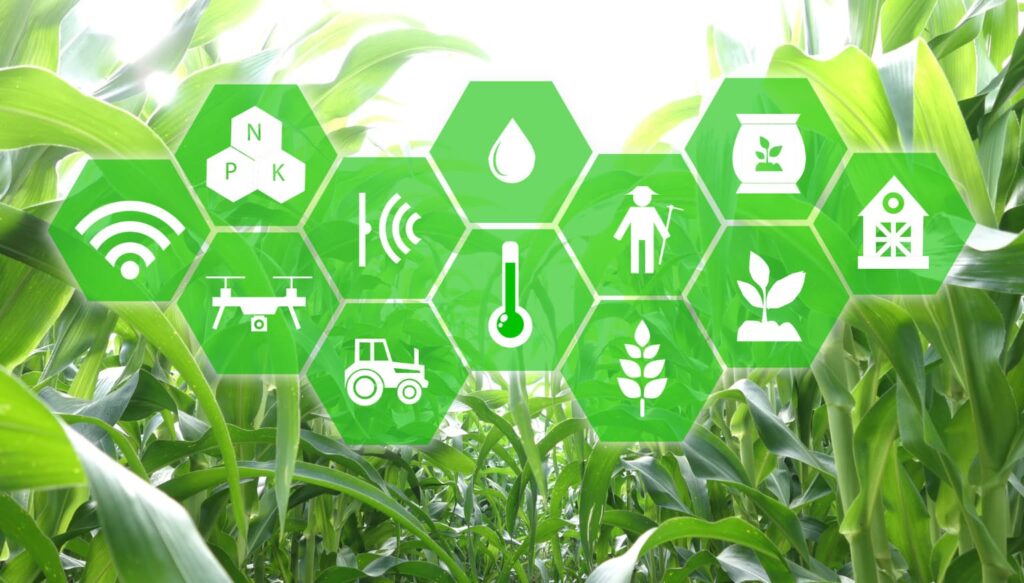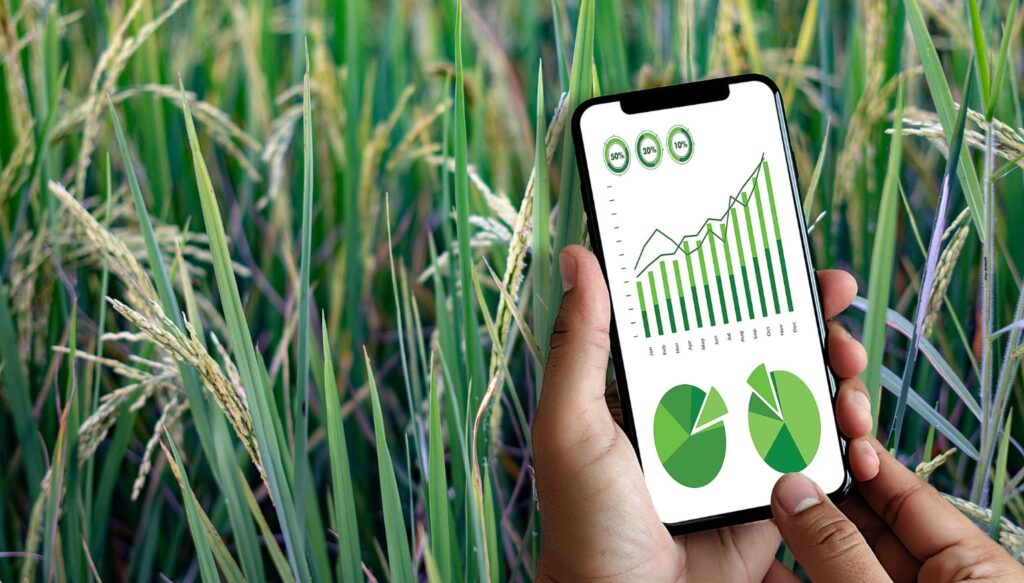The food industry has reached a turning point. Traditional methods of ensuring food
quality are no longer sufficient to meet the growing demands of consumers who want
more than just labels.
Organizations like Farm to Plate are leading the way in rethinking food quality by
integrating data-driven technologies into the supply chain. These solutions raise the bar
for quality and offer greater transparency, which consumers are increasingly seeking.
Redefining Food Quality

Roughly 88% of consumers are familiar with the phrase “organic,” and about 70% trust the label. However, certifications like organic or non-GMO often rely on outdated and rigid standards that fail to capture the complexities of modern agriculture. These standards tend to overlook factors like nutrient content and environmental impact.
While useful, certifications are static. They only offer a snapshot of compliance rather than a comprehensive data-driven view of food quality. The industry needs dynamic standards that can evolve alongside technological advancements.
Data-driven standards offer real-time insights into food quality by leveraging information from every stage of the supply chain. By integrating technologies like blockchain, it’s possible to redefine what food quality means and offer consumers more accurate and reliable information.
Data Collection in Modern Agriculture

To reshape the common conception of food quality, it’s necessary first to modernize data-collection practices. Forward-thinking agricultural entities are already using advanced tools, such as:
● IoT Sensors: Installed in fields or on equipment to monitor variables like
temperature and soil moisture
● Satellite Imaging: Allows farmers to assess environmental conditions
● Genetic Data: Can optimize crops for higher yields and disease resistance
These solutions and resources are changing notions of food quality while paving the way for better nutritional content and increased accessibility.
Enhancing Nutritional Value

Nutritional value has become an ever more important area of concern for today’s consumers. Nearly 80% of American adults regularly use the Nutrition Facts panel to inform food purchasing decisions. Digital agriculture can make it easier to capture and share relevant nutritional facts about food products. More importantly, these technologies can enable farmers to make crops even more nutrient-dense.
There are numerous ways to increase the nutritional value of food through technology. Soil-quality monitoring tools can promote better crop growth and nutrient optimization. Farmers can also monitor the status of their crops in real time, allowing them to adjust fertilization and irrigation to maximize yields while mitigating resource waste.
Similarly, tracing tools play a key role in harvest optimization and can ensure that fruits and vegetables retain their maximum nutritional value by the time they reach the consumer. Keeping foods fresher can also instill confidence in consumers and encourage them to purchase perishables like produce.
Quality Assurance and Traceability

FSMA #204 has made food traceability even more crucial. Members of the food supply chain must implement real-time monitoring solutions so they can adapt to this rule and quickly identify potential issues.
Blockchain represents one of the most transformative tools in the pursuit of superior quality and traceability. The technology allows members of the food supply chain to create immutable records for tracking products from the point of origin to the consumer.
Real-time alerts and rapid response systems are other key traceability tools. Solutions like these allow food producers to quickly pinpoint the source of any contamination concerns and notify the relevant authorities for recall purposes.
Consumer-Centric Approach

Today’s consumers are seeking personalized, data-driven insights into their food, and digital agriculture can provide just that.
Farm-level information can empower consumers to tailor their food choices based on individual health needs. By analyzing consumer data and preferences, farmers can adjust their crop production strategies to align with current demands.
On the back end, farmers can disseminate traceability data to build trust with consumers, who can track the journey of their food items and feel confident that they’re supporting brands that share their individual values.
Overcoming Implementation Challenges

Three notable challenges could impede the digitization of agriculture:
● Data Interoperability: There needs to be standardization across platforms
● Privacy Concerns: It’s important to strike a balance between using data to improve quality and respecting consumer privacy
● Educating Stakeholders: Both producers and consumers must embrace the benefits of these technologies
Everyone must be on board to change the food supply chain. This includes retailers, shoppers, and, of course, farmers.
Future Prospects

Technology will no doubt play a more central role in ensuring food quality and nutritional value in the coming years. Predictive analytics tools will allow farmers to spot issues before they arise, allowing for proactive management of crop quality.
Artificial intelligence also has numerous exciting use cases in the agricultural arena. The growers of tomorrow will be able to use AI to optimize their crops for specific nutritional outcomes.
At the same time, public health entities like the FDA will take a more active stance on monitoring and regulating digital agriculture. This kind of oversight will help create a food supply chain that’s both safe and sustainable.
Data as the Cornerstone of Next-Generation Food Quality

The future of food quality lies in data. All members of the food supply chain must prioritize increasing data quality and accessibility in order to facilitate even greater innovation in agriculture.
Pramod Sajja, CEO & President at Paramount Software Solutions (farmtoplate.io).
